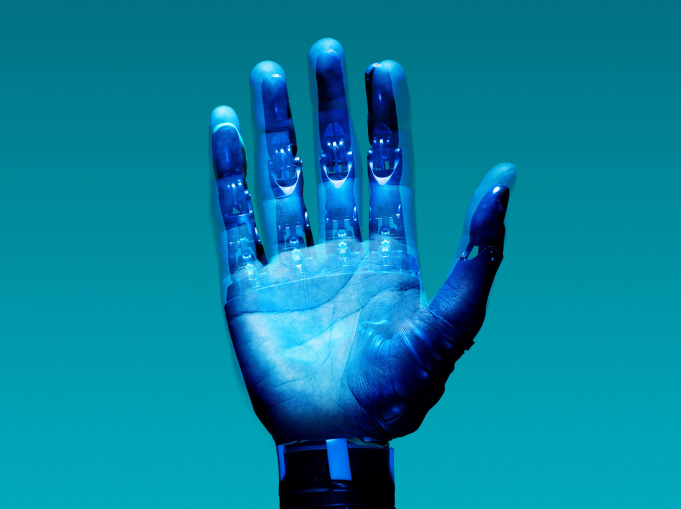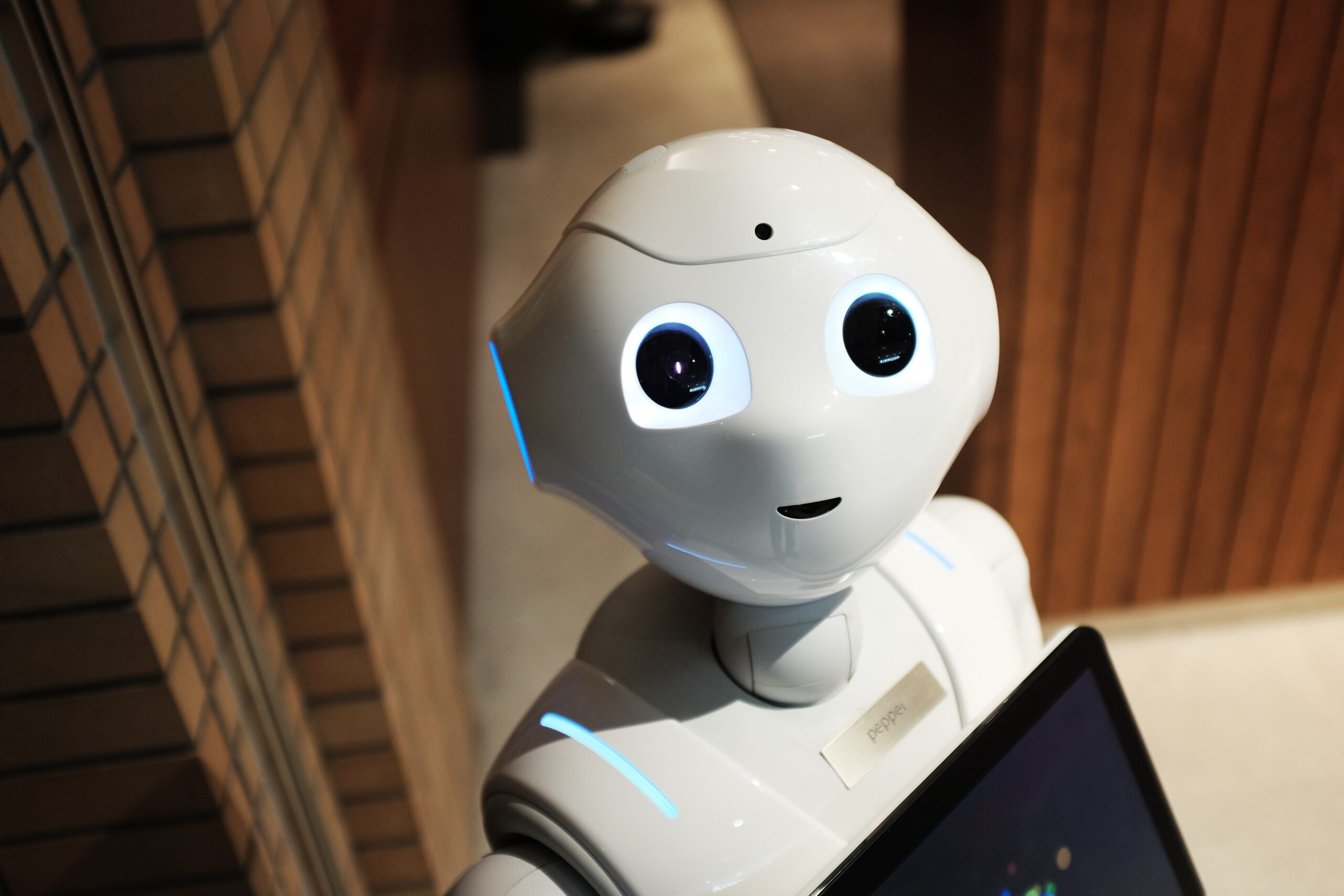KEY TAKEAWAYS
● AI is a technology that can generate value at speed for businesses, organizations, and society. It is a disruptive force changing the way we generate value across different sectors.
● Gartner expects that AI’s business value will reach $3.9 trillion in 2022, with AI augmentation – the enhancement of human capabilities (like making decisions) – being the biggest contributor driving value.
● Conversational AI and Robotic Process Automation (RPA) are disrupting industries such as banking, and helping to make businesses more sustainable by reducing the requirement to print documents, digitizing simple processes and optimizing complex processes.
● Developments in AI technology for healthcare will continue to look into how to optimize data collection, accelerated by the onset of Covid-19. When a critical event occurs, such as an IV line being removed or a patient falling out of bed, the technology sends real-time alerts to healthcare practitioners.
● Ethics are of paramount importance in the development of AI technologies, and many leaders greatly underestimate the challenge. Here, guidelines (such as those published by NTT DATA) facilitate taking a seemingly abstract concept and translating the principles into an actionable framework for an organization.
With its business value forecast to reach $3.9 trillion in 2022, artificial intelligence (AI) is set to be the most disruptive class of technologies of the next decade. Findings from Gartner show that the biggest contributor driving value to be AI augmentation – where people and AI work together to enhance cognitive performance. Currently, AI is most often an enabler for organizations, allowing them to move quickly and efficiently, from using Machine Learning Operations in DevOps to AI-driven design to augment the relationship between technology and customer experience and speed up the design process.
Transforming how we work
AI is transforming the modern workplace. It is opening up new ways to connect and collaborate virtually from anywhere. It is reducing administrative burden with automation – and freeing up workers to focus on creative tasks and solve complex problems.
One area being transformed is customer support services. According to research carried out by Juniper, 90% of bank related interactions will be automated by 2022, largely driven by the rise of conversational AI. Banks are focusing on intelligent virtual assistants to simplify communications with their customers and to build long-lasting relationships. Robotic Process Automation (RPA) uses robot agents to automate repetitive tasks such as invoice processing. AI adds the ability to recognize patterns in a workflow, such as image or speech recognition.
RPA helps to make businesses more sustainable, reducing the requirement to print documents, digitizing processes such as purchase orders and receipts, and optimizing complex processes such as supply chains.
AI and healthcare
The use of AI in healthcare is a rapidly growing field. AI technology is helping to design new, innovative drugs, helping doctors with diagnosis, and monitoring patients undergoing treatment to improve patient outcomes. Rather than replace the work that doctors and clinicians do, AI supports and augments their work to help them make decisions and free up time.
Smart intensive care
In Intensive Care Units (ICUs), the ability to constantly collect and analyze a patient’s vital signs efficiently and accurately is critical. Patients require constant monitoring, and the quicker any changes or abnormalities are detected, the better the patient outcomes. NTT DATA in Spain has been working with the Virgen del Rocío University Hospital, the largest ICU department in the region. Prior to working with NTT DATA, much of the recording of patients’ vital signs was completed on paper, with information only being documented around every half an hour.
“Data collectors were applied to machines operating within the unit, monitoring all types of vital signs and taking a measurement every second. A machine learning model was created that could predict complications and inform doctors at an early stage.”
NTT DATA realized that in order to create an effective AI solution, a more comprehensive and detailed body of data was required. It began by building a data infrastructure. Data collectors were applied to machines operating within the unit, monitoring all types of vital signs and taking a measurement every second. This data was digitized and stored online, and then used to help develop use cases after consultation with medical experts. Once established, a machine learning model was created that could predict complications and inform doctors at an early stage. Septic shock, rapid drops in blood pressure and hypoxemia were just some of the conditions that could be detected with the technology, leading to faster recovery and helping to save lives.
Virtual patient observations
The pandemic has brought a huge amount of pressure on medical professionals. With resources stretched, how could AI be used to help doctors and nurses meet the challenge? NTT Disruption partnered with Xilinx to help address this pressing problem. Together they developed an AI solution using the Alveo acceleration platform to create the Virtual Patient Observation solution. It runs event detection inference models on video streams that monitor ICU beds. When a critical event occurs, such as an IV line being removed or a patient falling out of bed, the technology sends real-time alerts to healthcare practitioners. Nurses can also use the solution to request assistance when needed. The solution is non-intrusive, easy to use and helps safeguard the privacy of the patient by processing the footage in real-time, removing the need for storage.
With the help of NTT DATA Brazil, the VPO solution is being tested at the Heart Institute InCor University of São Paulo Medical School, one of the world’s most recognized centers of cardio and clinical excellence in cardio pneumology. The solution helps ease pressure on medical practitioners without sacrificing the round-the-clock care needed in intensive care units.
Ethics and AI: from Plato to Python
When discussing the potential of AI, ethical concerns need to be considered. In October 2020, a study conducted by NTT DATA and Oxford Economics found that business leaders were vastly underestimating the ethical challenges presented by the technology. Ethics can often seem intangible. Business leaders need to be able to take a seemingly abstract concept and translate the principles into an actionable framework for an organization. NTT DATA has formulated AI guidelines that are aligned with the principles of the United Nations’ Sustainable Development Goals, helping shape the company’s actions and ensure innovations within AI are modeled with sustainability, diversity and inclusivity in mind.
Ethics throughout the process
As machines increasingly make decisions for us, we must also pay more attention to the decision-making process to ensure it stands up to scrutiny. NTT DATA is leading the way with AI ethics. In 2019 we published our AI Guidelines to ensure we pay close attention to the potential harm machine-derived decisions could cause. In order to fully embed ethical concerns in AI development, it is important to ensure it is considered at every stage of the AI lifecycle.
We developed a checklist for all stakeholders involved in the process. This process recommends actions to take at each stage. For example, at the business identification stage, we suggest to stakeholders that they consider if the proposed initiative will impact a particular group of the population, extend human capabilities, and whether it is set to replace a human action.
“AI is like an employee and should be treated as such when it comes to behavior. Ensuring the technology meets the required quality allows businesses to align the behavior of the solution with their own values.”
During the development stage, it is vital to guarantee privacy and protect against bias in the data selection. The potential underrepresentation or non-existence of elements of the population needs to be considered. The best way to achieve this is to view the quality of the AI solution as an ethical concept. AI is like an employee and should be treated as such when it comes to behavior. Ensuring the technology meets the required quality allows businesses to align the behavior of the solution with their own values.
AI for good
While it is important to be able to make the technology understandable, having a system that questions the ethical consequences of decisions throughout the lifecycle is key to ensuring AI solutions work for the betterment of society. Such measures, when coupled with transparency, mean AI can be used to elevate human capabilities.
AI systems are often seen as an impenetrable black box. Understanding why the AI delivered any given outcome or directive is essential to quantify if the system is trustworthy (indeed, whether it’s trusted by the users is a key success factor). An overall detailed understanding of how the system is set-up, and a clear view of the advocacy of the data being used, is the foundation of trust. In 2016, the theme of the World Economic Forum meeting in Davos was ‘Mastering the Fourth Industrial Revolution’, describing automation through smart technology as the fourth industrial revolution. Six years later, it is clear that of all the technologies described, AI is the driver of this industrial revolution. Even though the technology is still early in its maturity, the benefits are already being realized. Digital transformation is here to stay.
Through sustainable infrastructure such as NTT’s Innovative Optical Wireless Network (IOWN), AI will be able to be applied in more situations, and with more processing power behind it. Our homes and cities will become smarter and more sustainable. We will be able to realize the full potential of the fourth industrial revolution without damaging our fragile environment.
This is adapted from the NTT DATA UK white paper, Creating a Vision for a Sustainable Future.
Read and download the full white paper here.






















